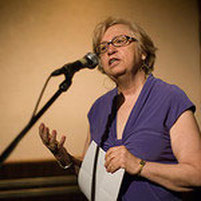 click photo to learn about Donna
click photo to learn about Donna The year before, she had accompanied me and other members of the Karuna Foundation board of directors to Bhutan. Traveling there had been on her bucket list, but aside from scratching that itch, her presence on the trip added depth to our understanding and warmth to our group dynamics.
While I'd only known Donna a bit more than a year before she died, she deeply influenced many of those who've had a deep influence on me. I miss her. I miss the opportunity to get to know her better, to learn from her, laugh with her, read her novel about her Estonian ancestors.
I appreciated Facebook for stirring the longings that connect me to Donna's life - but I also cringed. Would there be posts on her page from people oblivious to the fact that Donna could no longer read their birthday greetings? Facebook has been much in the news for the modern dilemmas of on-line memorialization.
I clicked over to her page and found perhaps a few of those, but mainly lovely messages of remembrance. People visiting her page much as once we visited a gravesite.
Donna's daughter Joanna offered a lively list of ways to celebrate Donna today. May we all be remembered so well.


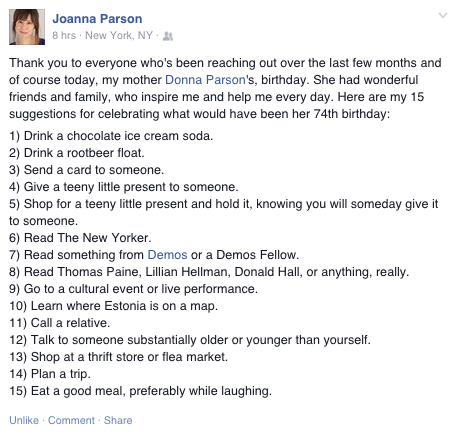
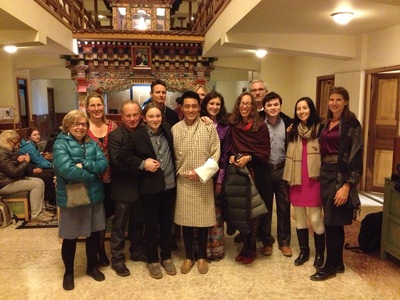
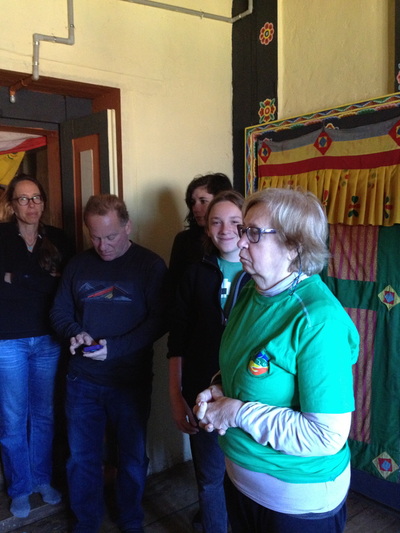
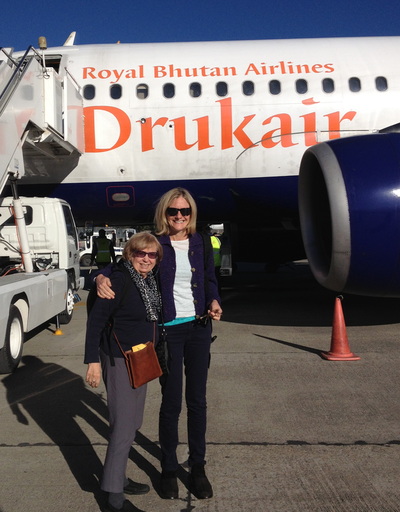
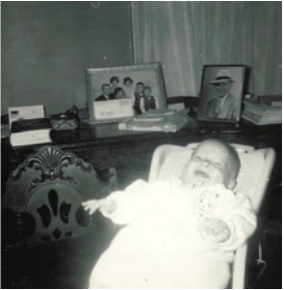
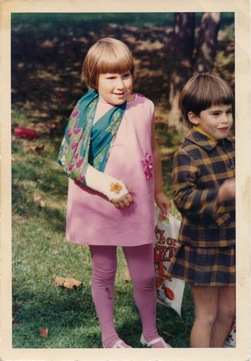
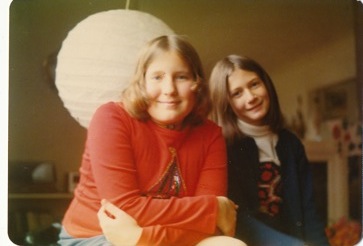
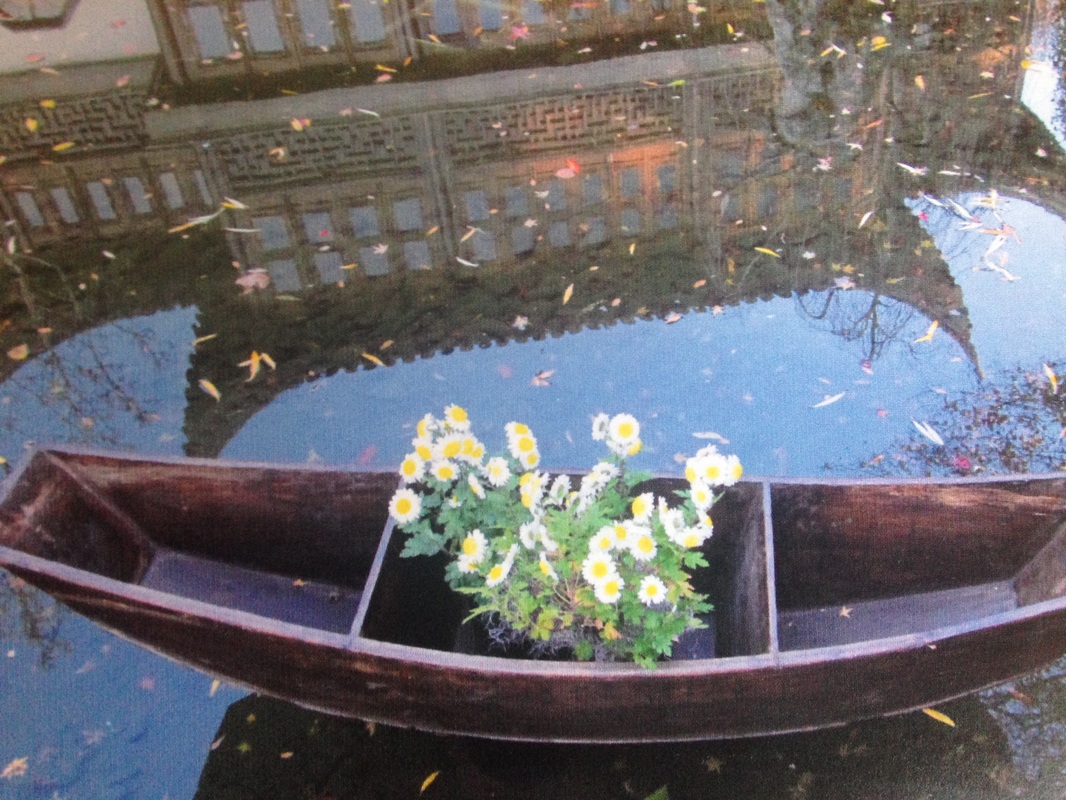
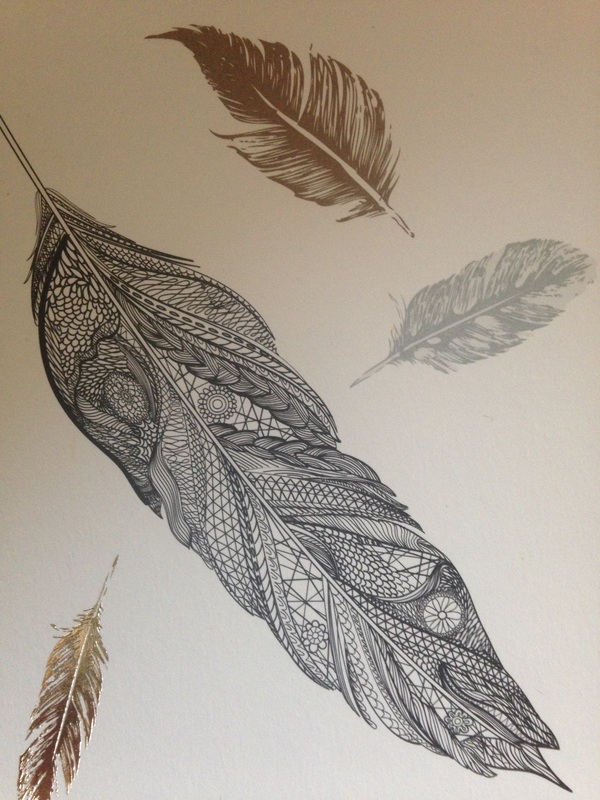
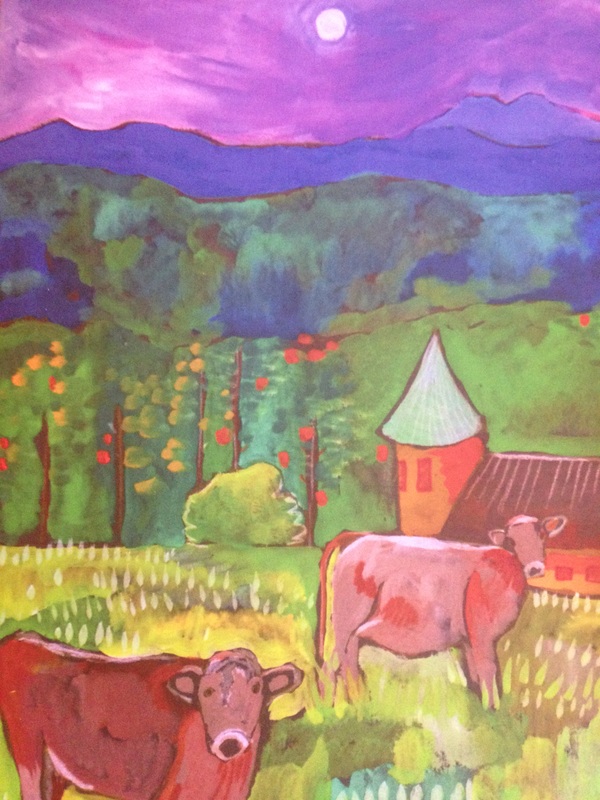
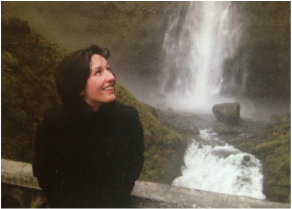
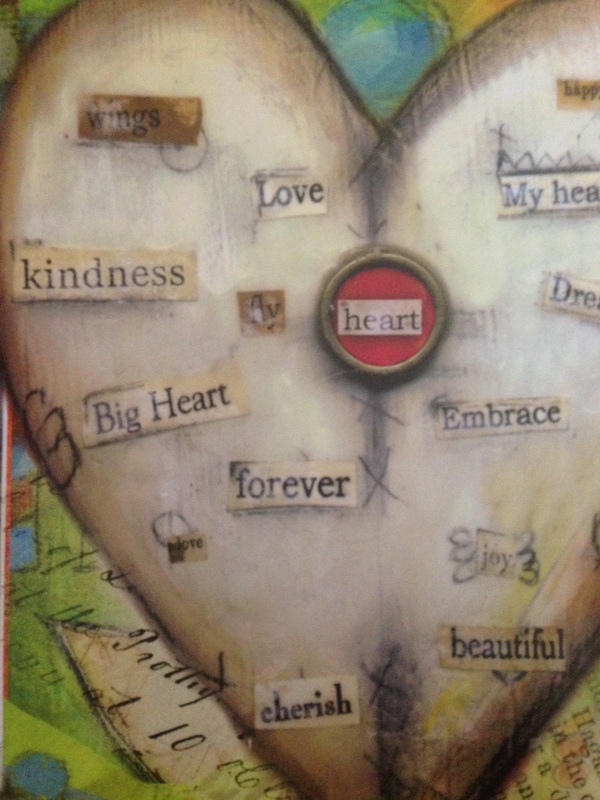
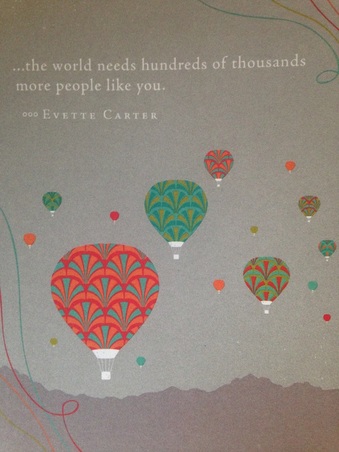


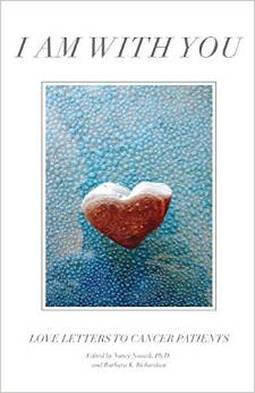
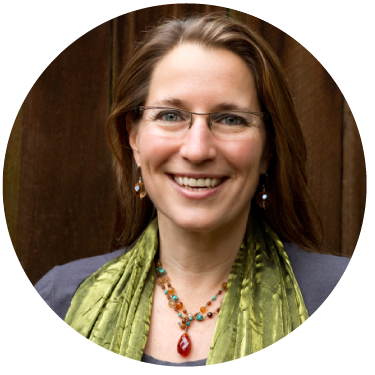
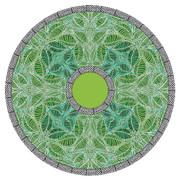
 RSS Feed
RSS Feed